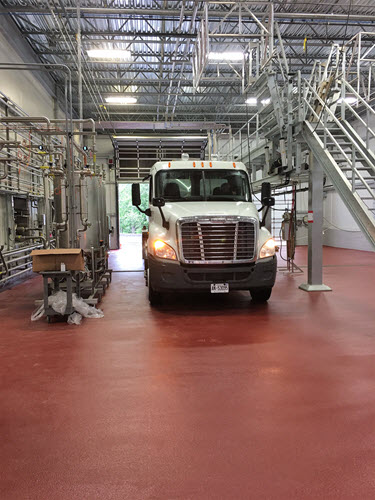
The processors: Innovations at Gay Lea Foods
By Nicholas Van Allen
Only one year ago, commentators were making noise about the state of Canadian skim milk dryers. Ten of 12 were out-of-date and all of them were at capacity.
Now, we’re seeing efforts from companies like Gay Lea Foods to address these shortages.
In November, the company announced $140 million to be spent on revitalizing its facilities. Part of this capital is headed toward its Teeswater plant in Bruce County. Some funding is also going to the co-operative’s research and development site in Hamilton, known as Gay Lea’s “innovation incubator.”
The co-operative’s overarching goal is to establish a “nutrition and nutraceutical-grade dairy ingredients hub.”
This goal is all about “mining milk,” and getting the most out of the product, Michael Barrett, president and CEO of Gay Lea, said in a conversation with Better Farming.
“The Canadian dairy industry was certainly hampered by the lack of processing capacity to be able to handle this SMS (skim milk solids),” but Class 6 and 7 ingredient strategies have allowed the cooperative to solve this dairying dilemma, he said.
At Teeswater, Gay Lea is going to be able to produce “a multiple of products” – milk protein concentrates, milk protein isolates and nutraceutical-grade ingredients, Barrett said. Some of these products, such as milk protein concentrates, had traditionally come from international processors in places like New Zealand and the United States. But now they can come from Ontario.

“You could then create a buffet of product availability which will be unique,” Barrett said. And in Ontario, “food is fast becoming the number one contributor to GNP (gross national product).”
Barrett is quite direct about the importance of Class 6 and 7 to Gay Lea’s investment. This strategy “was a prerequisite,” he said. If it had not been in place, the co-operative wouldn’t have gone ahead.
Gay Lea had been advocating for this strategy for nearly a decade, he added.
Over the next 12 to 24 months, more investment will come from across the industry, Barrett said. And that optimism will “trickle down to the farm level … because you will need more milk on the farm.” BF



Post new comment